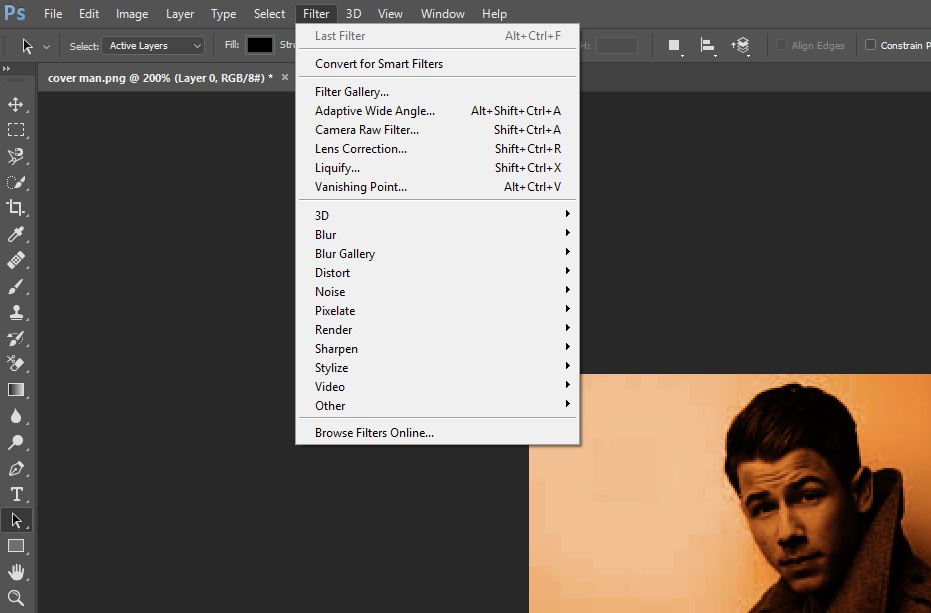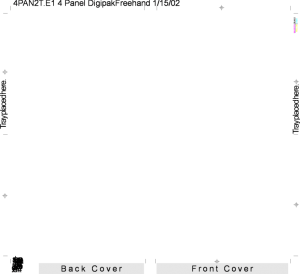Understand the Media Form (Band Websites)
- What are the conventional pages & typical information on a music / band website?
User Experience
- Can the user find what they need / expect?
- How many clicks away from the home or splash page is the information and content?
- What is the call to action and how is that promoted on the site?
- What tools / experiences does the site offer?
Analyse the Design
- How does the design of the site reflect the brand image?
- How does the digipack and video design reflect in the website?
- Does the design and layout of the website suit the target audience?
- Is the design consistent across the pages?
Professional Examples
TASK
Create a Screencastify which explains, discusses and analyses one of the professional websites above.
Your voice over should cover:
- Navigation of the website
- The links to social media
- The content in the website
- The call to action and how that is evident in the site
- The design of the website in relation to their other media (video and digipack)
- How does it address AIDA – basic design principles of attraction, interest, desire and action?
- It should include the appropriate terminology for website conventions and forms.
Here is an example analysis from Mr G. Does he cover everything?







